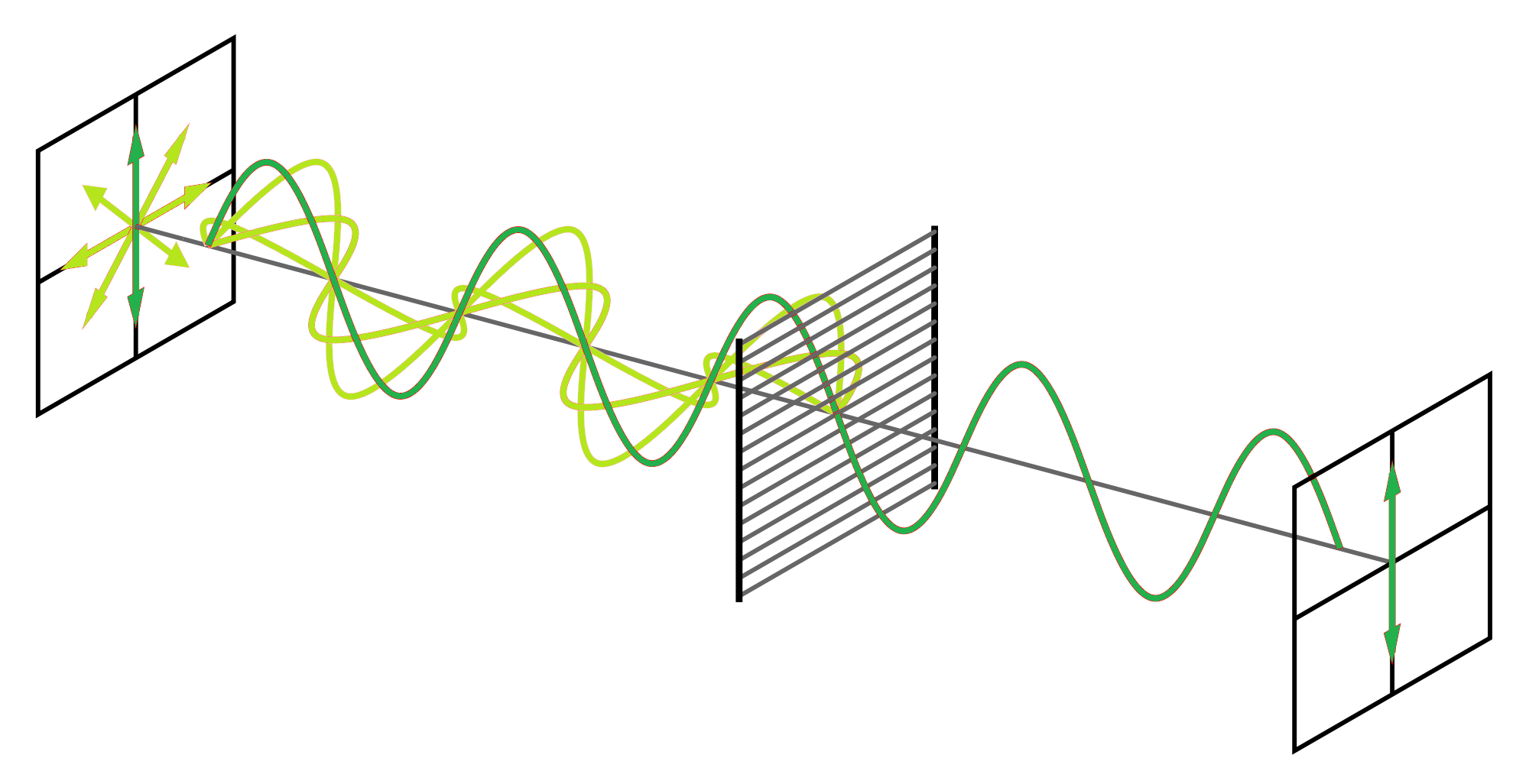What's quantum cryptography?
A quantum introduction
Quantum physic is getting discovered during the 20th century and is made of multiple theories that seem to solve current classical physic problems. Actually, it is so important that where quantum laws applies, Newton’s don’t. And vice versa. It describes two worlds where physics laws are just not the same. And this is why it radically changes the cryptography concept. We do not use commons physics laws but we use quantum one’s. And as we will see, these new rules allow us to be faster and stronger.
Read more Details



